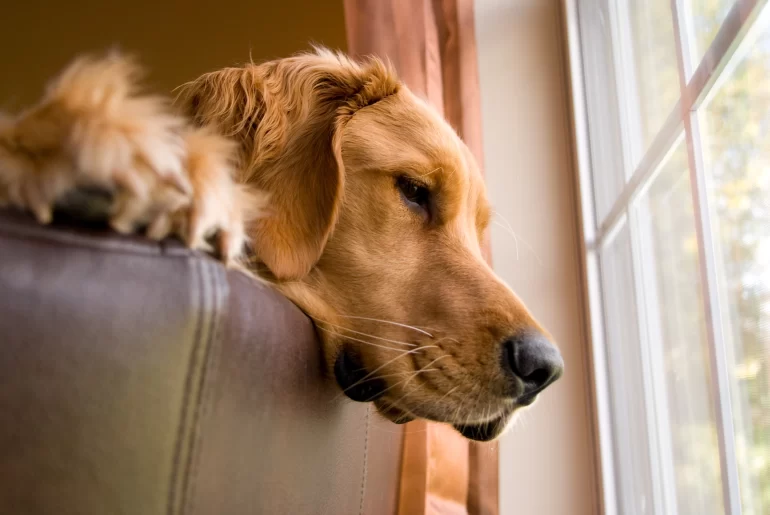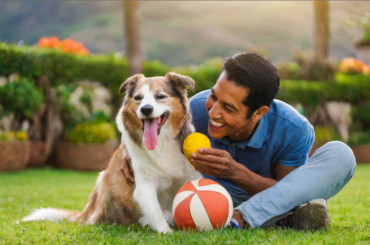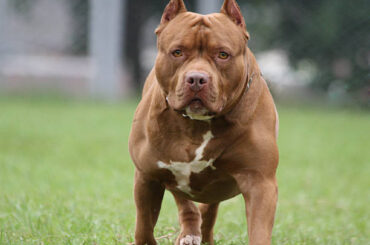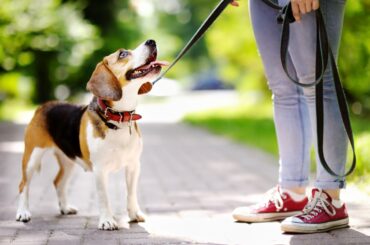Dealing with a dog’s separation anxiety can be challenging, but with patience, consistency, and understanding, it is possible to alleviate and manage this common canine issue. Separation anxiety occurs when a dog becomes overly distressed and anxious when left alone. Here are some effective ways to handle and address separation anxiety in your dog:
- Gradual Desensitization:
- Start Small: Begin by leaving your dog alone for short periods and gradually increase the duration. This helps desensitize them to your departures and teaches them that you will return.
- Practice Departures: Perform actions associated with leaving, such as picking up keys or putting on a coat, without actually leaving. This can help reduce the anxiety triggered by these cues.
- Create a Positive Departure Routine:
- Reward Calm Behavior: Reward your dog for remaining calm during departures and arrivals. Positive reinforcement can help shift their association with your leaving to a positive experience.
- Provide Interactive Toys and Puzzles:
- Engagement during Absence: Offer toys or puzzles filled with treats to keep your dog occupied while you’re away. This can help distract them and create a positive association with being alone.
- Establish a Comfortable Space:
- Safe Zone: Designate a comfortable and secure area for your dog when you’re not at home. This could be a specific room or a cozy crate with familiar items like toys and blankets.
- Implement Obedience Training:
- Basic Commands: Enforce basic commands like “stay” and “sit.” Training sessions not only provide mental stimulation but also build confidence, which can help reduce anxiety.
- Use Calming Aids:
- Calming Music or White Noise: Leave on soft music or white noise to create a soothing environment. Some dogs find these sounds calming and they can help mask outside noises.
- Pheromone Diffusers: Consider using pheromone diffusers that release calming scents to help alleviate anxiety.
- Regular Exercise:
- Physical Activity: Ensure your dog gets enough exercise before you leave. A tired dog is more likely to relax and rest while you’re away.
- Seek Professional Help:
- Consult a Veterinarian: If the separation anxiety is severe, consult with a veterinarian. They may recommend behavioral therapy or, in extreme cases, medication to help manage anxiety.
- Gradual Departures and Arrivals:
- Low-Key Greetings: When returning home, keep greetings low-key. Avoid making a big fuss, as this can increase your dog’s excitement and anxiety.
- Consider Canine Companionship:
- Doggy Daycare or Dog Walker: If possible, arrange for a dog walker or consider doggy daycare to provide companionship and break up long periods of solitude.
- Familiar Scents:
- Leave Familiar Items: Leave your dog with items that have your scent, such as a recently worn shirt. This can provide comfort in your absence.
- Monitor Progress:
- Keep a Journal: Track your dog’s behavior and note any improvements or setbacks. This can help you identify patterns and adjust your strategy accordingly.
Remember, addressing separation anxiety requires time and consistency. Be patient and understanding, and celebrate small victories along the way. If your dog’s anxiety persists, seeking guidance from a professional dog trainer or behaviorist can provide tailored strategies for your specific situation.






